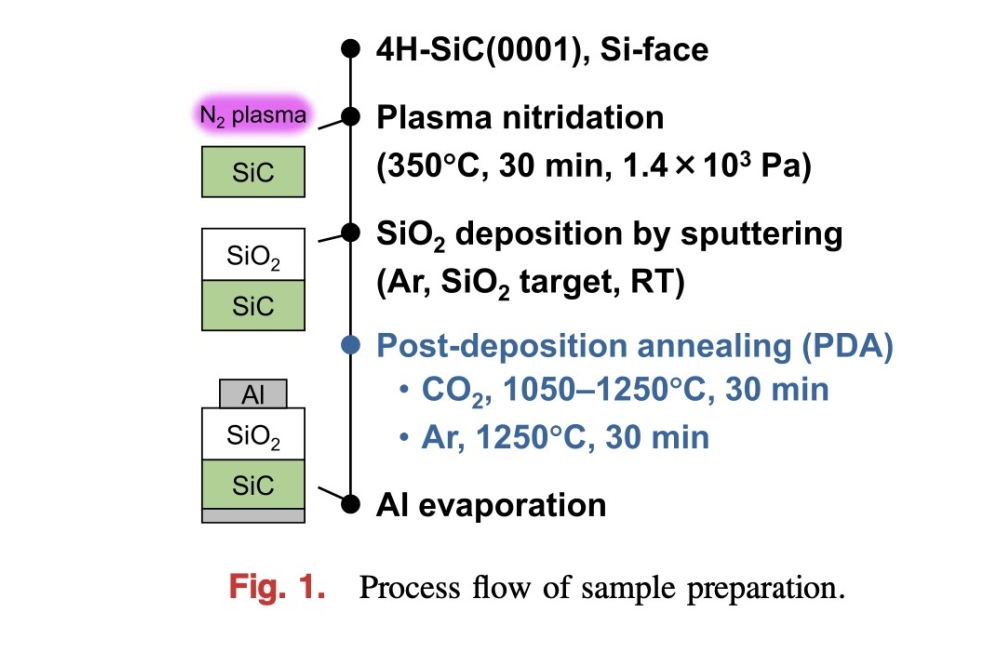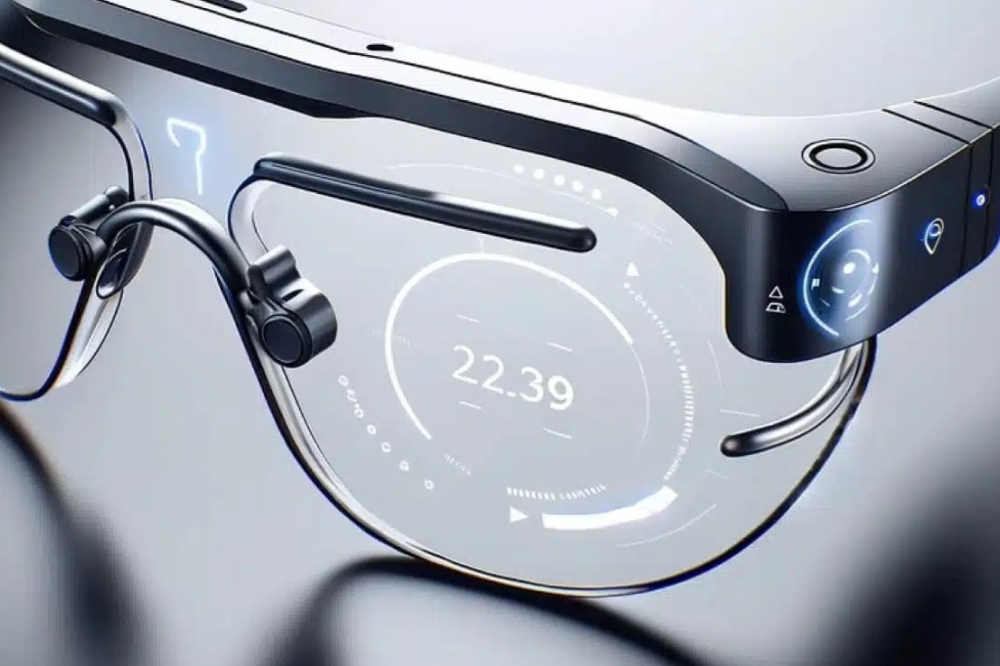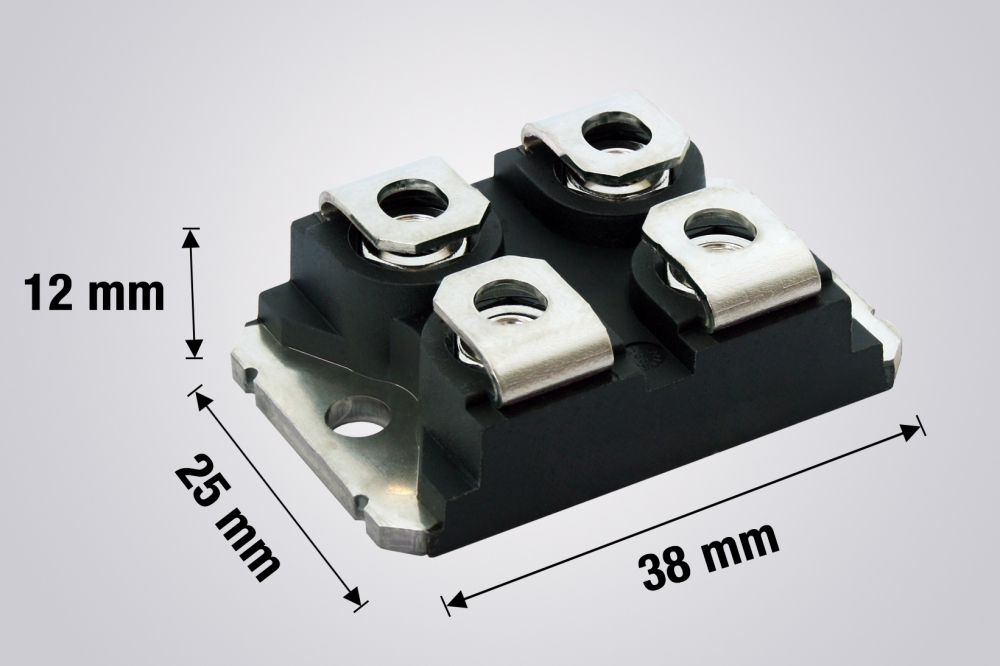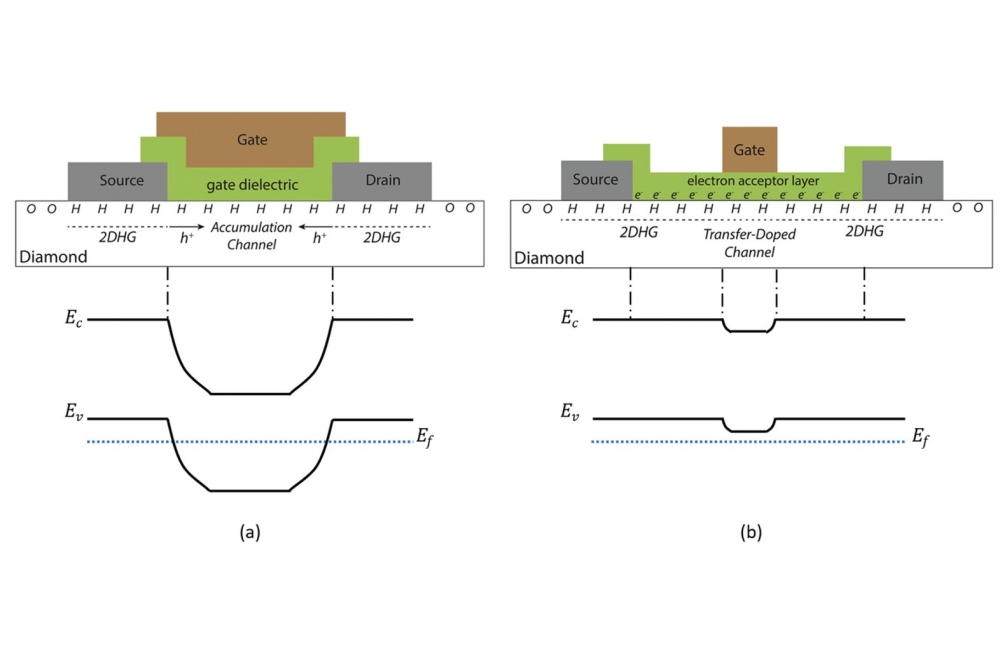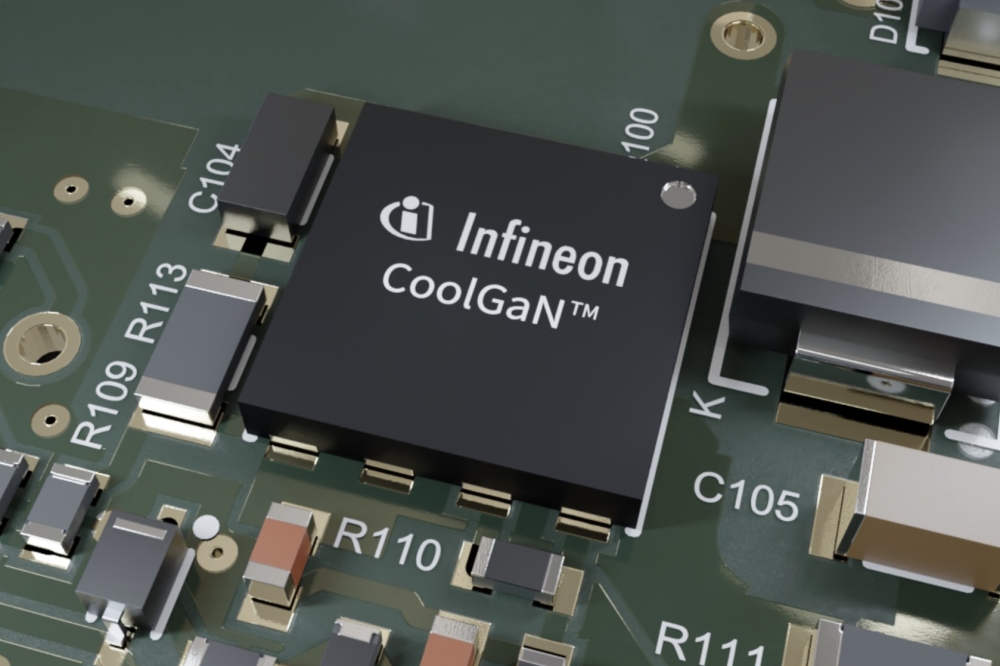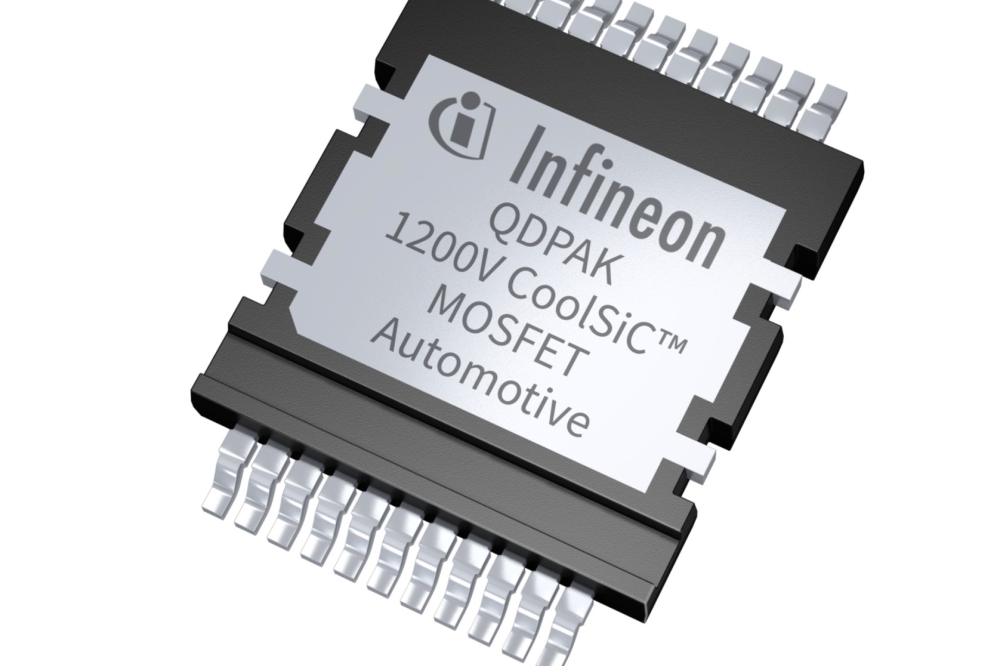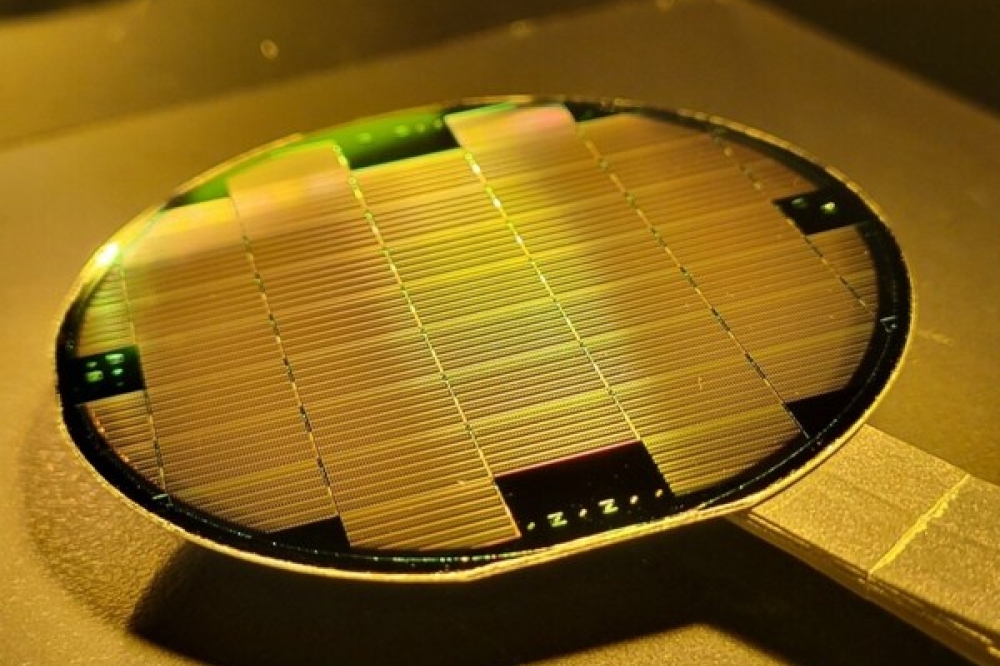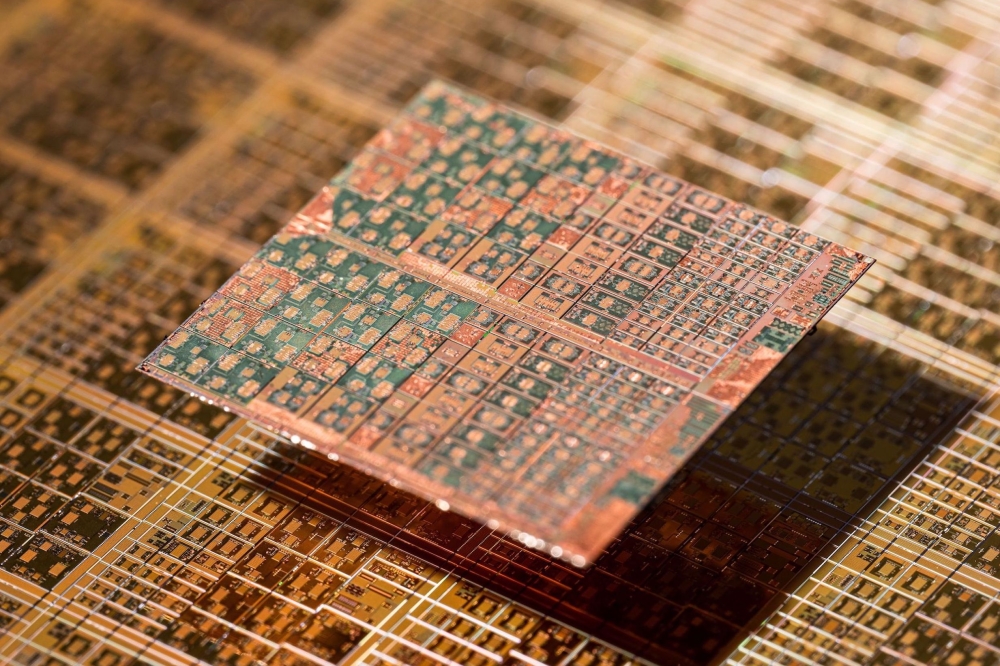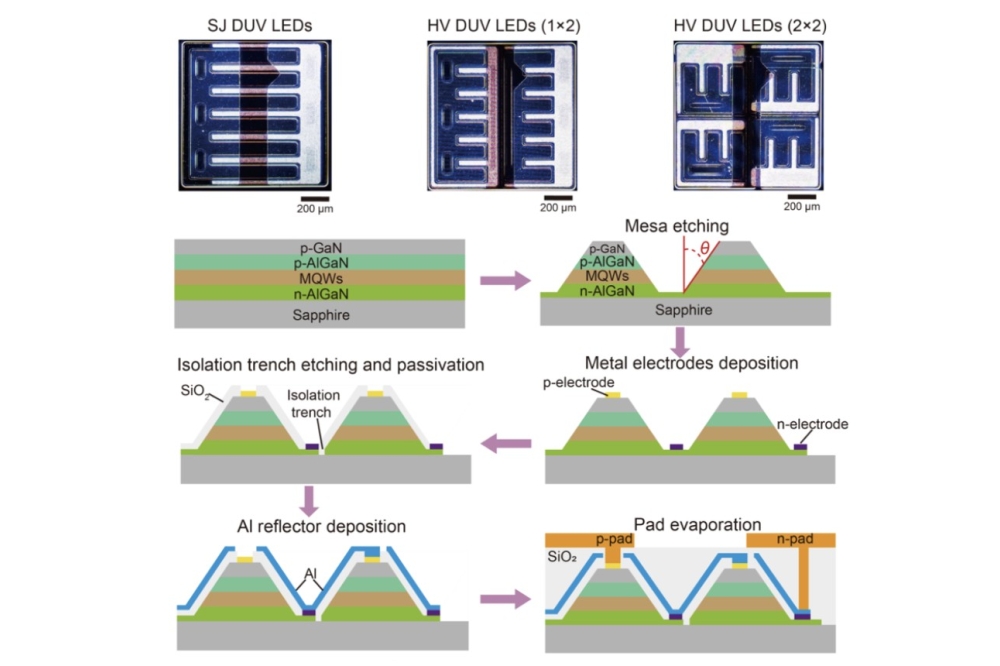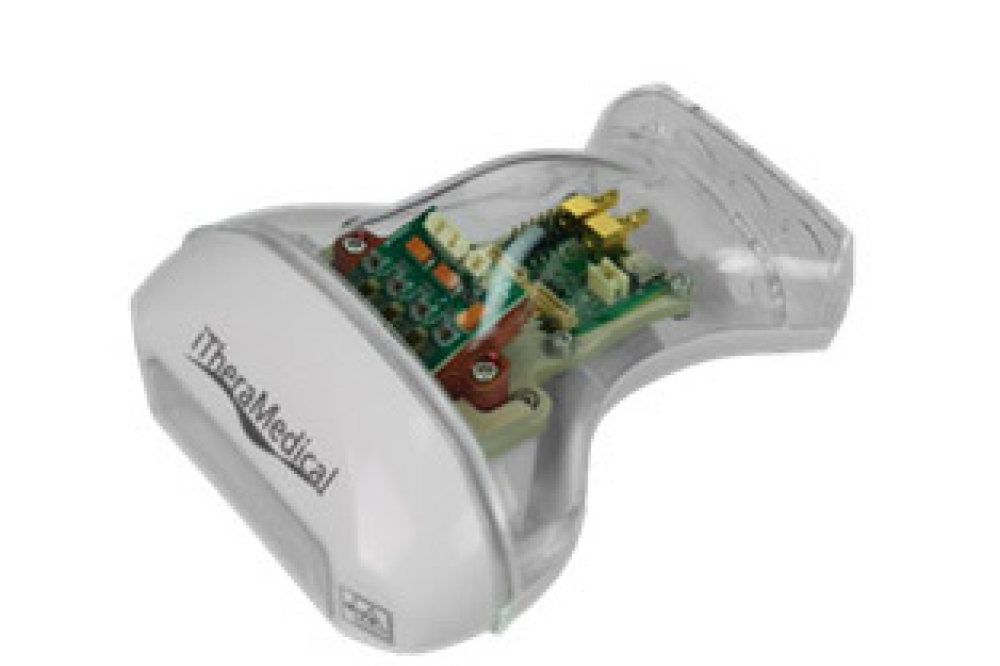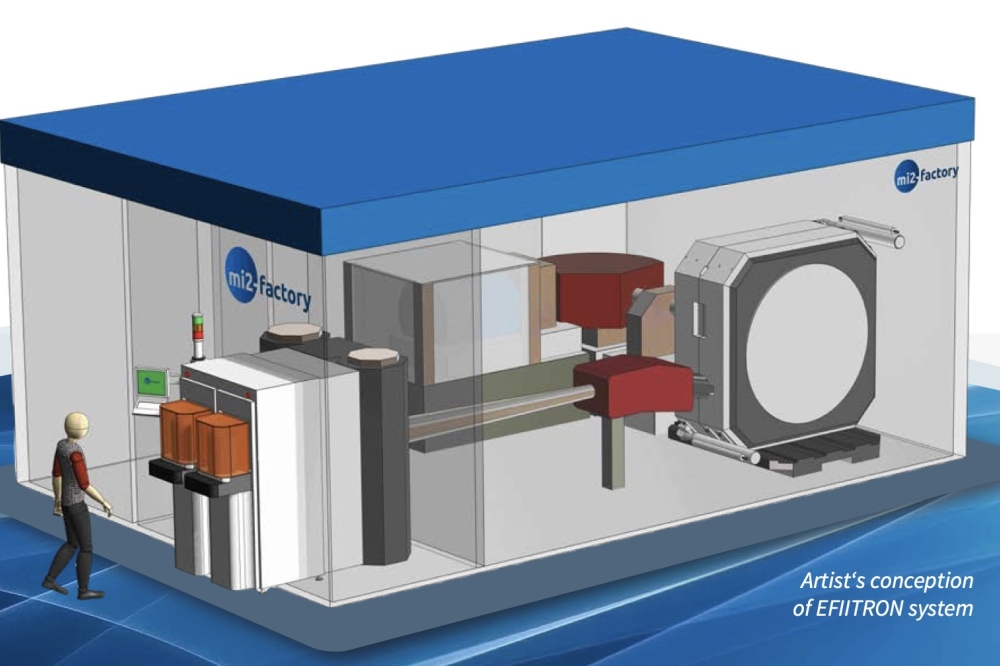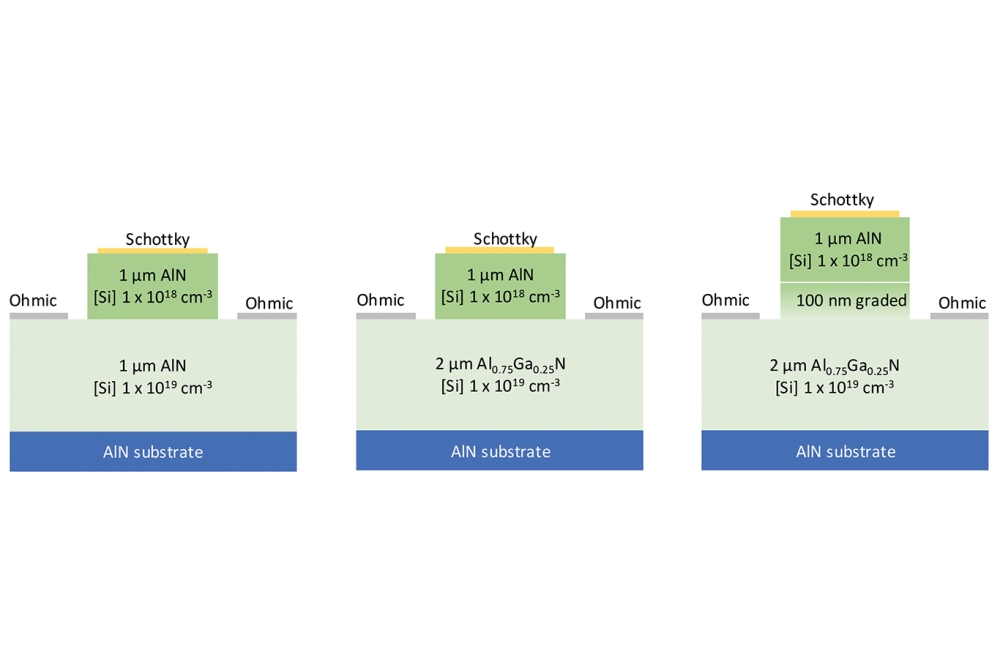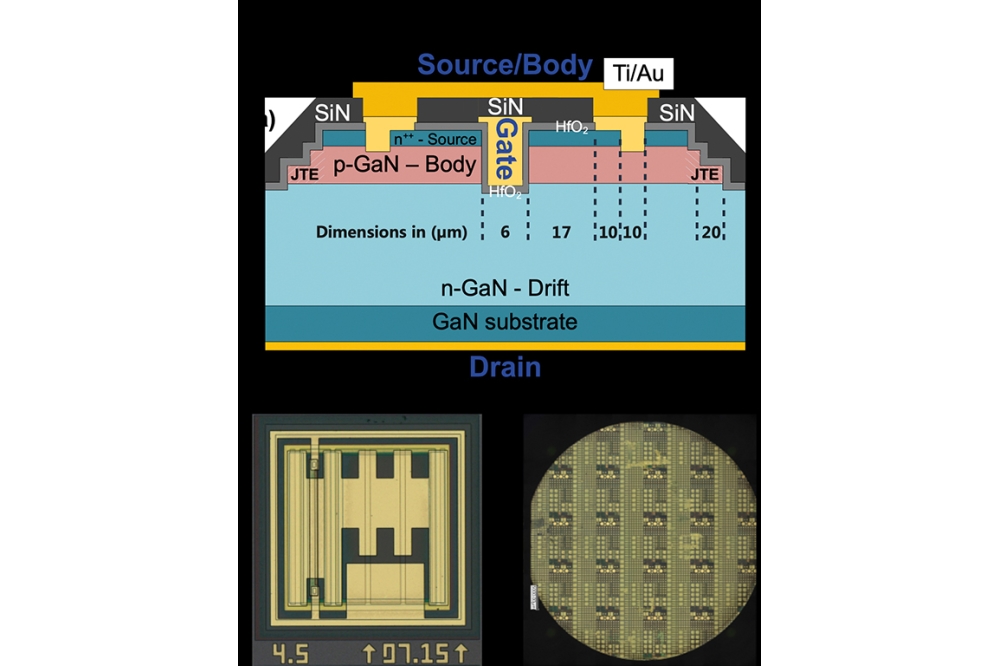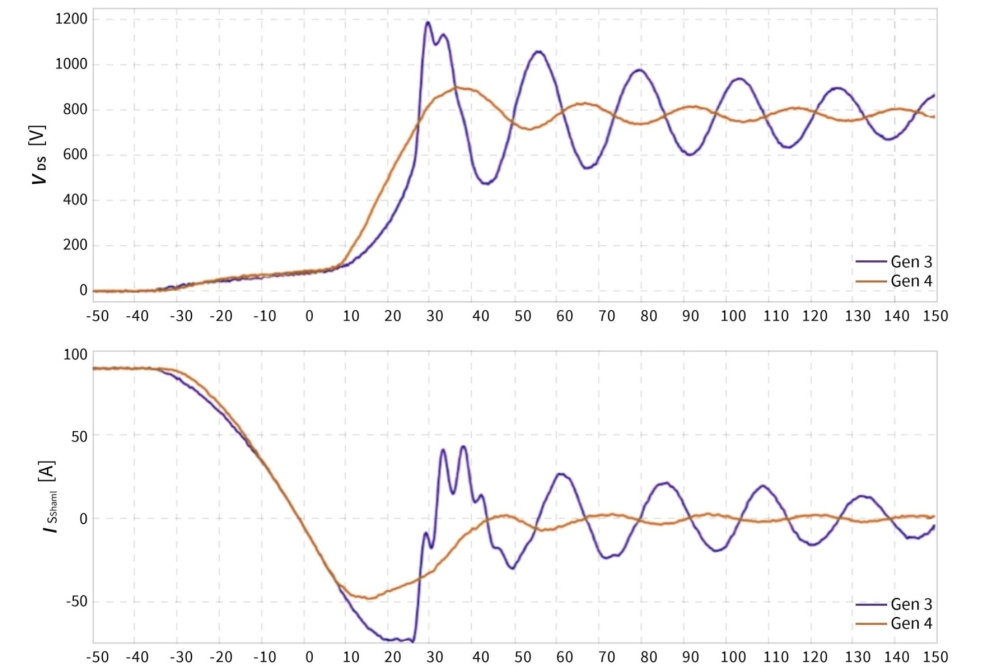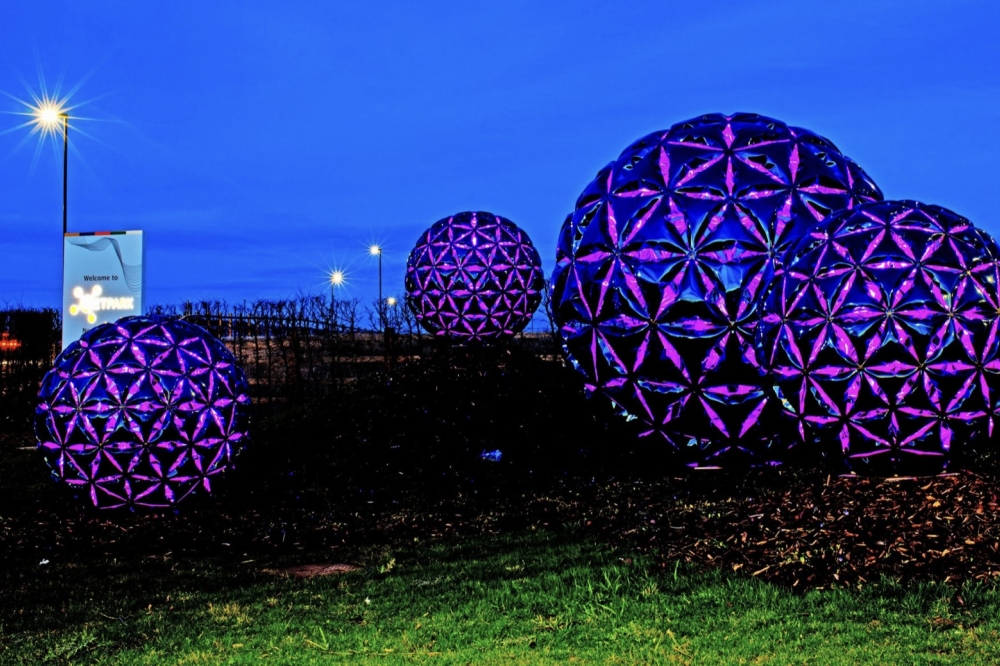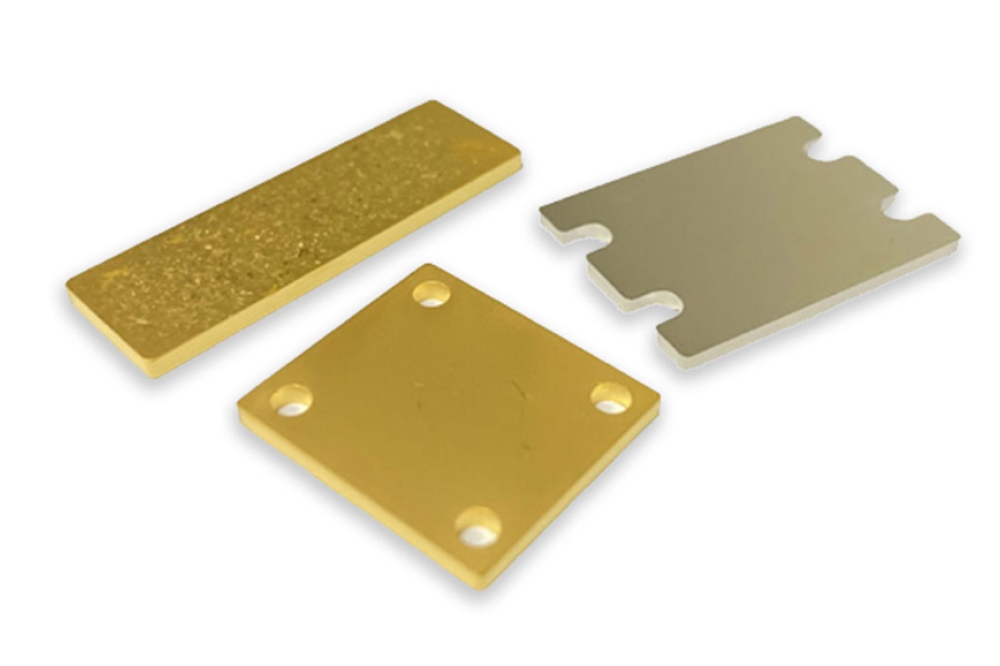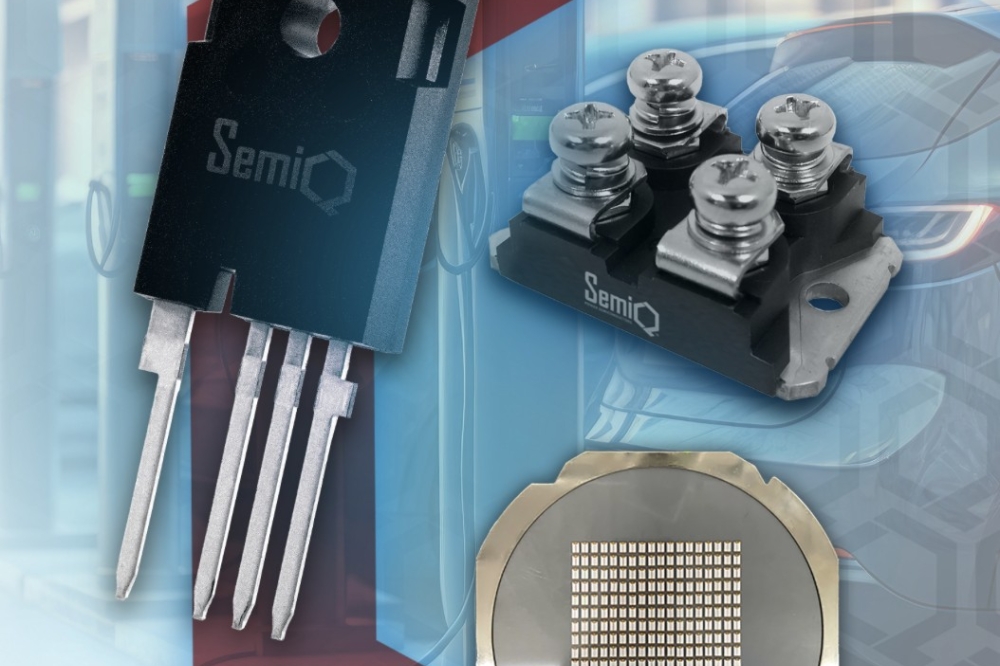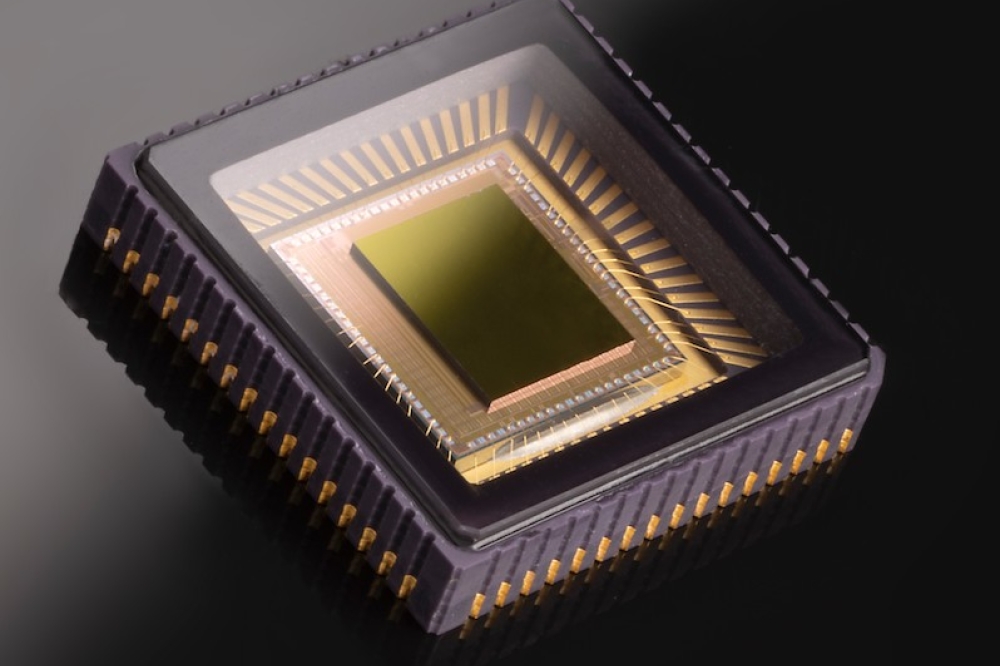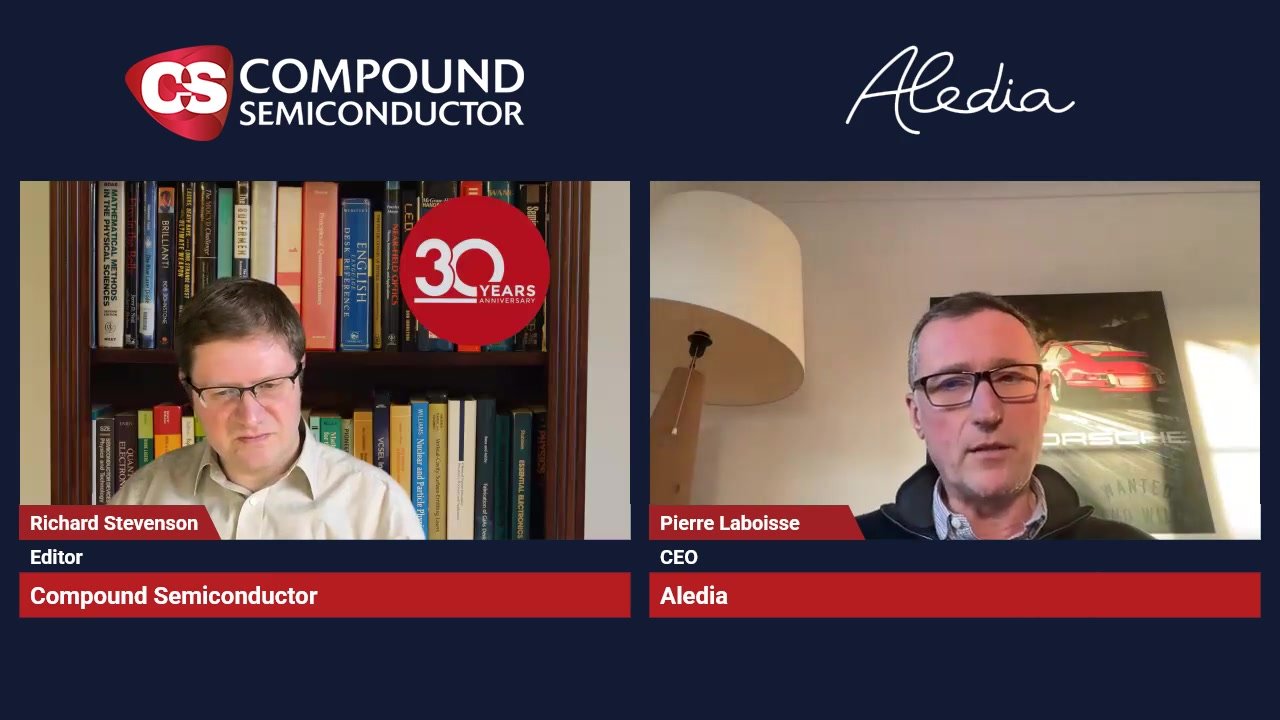Norweigan team makes UV LEDs built on graphene

University spin-off to use technology to create more energy-efficient and cheaper devices
The nano research team led by professors Helge Weman and Bjørn-Ove Fimland at the Norwegian University of Science and Technology's (NTNU) Department of Electronic Systems has succeeded in building UV LEDs by growing AlGaN nanowires on graphene.
"We've shown that it's possible, which is really exciting," says PhD candidate Ida Marie Høiaas, who has been working on the project with PhD candidate Andreas Liudi Mulyo.
A layer of graphene placed on glass forms the substrate for the researchers' new diode that generates UV light. Researchers then grew nanowires of AlGaN on the graphene lattice, using molecular beam epitaxy. This was conducted in Japan, where the NTNU research team collaborates with Katsumi Kishino at Sophia University in Tokyo.
After growing the sample, researchers at the NTNU NanoLab made metal contacts of gold and nickel on the graphene and nanowires. Graphene is transparent for light of all wavelengths, so the light emitted from the nanowires shines through the graphene and glass.
"We've created a new electronic component that has the potential to become a commercial product. It's non-toxic and could turn out to be cheaper, and more stable and durable than's fluorescent lamps. If we succeed in making the diodes efficient and much cheaper, it's easy to imagine this equipment becoming commonplace in people's homes. That would increase the market potential considerably," Høiaas says.
According to the company, one reason that 's UV LEDs are expensive is that the substrate is made of expensive aluminium nitride. Graphene is cheaper to manufacture and requires less material for the LED.
Høiaas believes that a lot of improvements are needed before the process developed at NTNU can be scaled up to industrial production level. Necessary upgrades include conductivity and energy efficiency, more advanced nanowire structures and shorter wavelengths to create UVC light.
CrayoNano has progressed further, but their results have not yet been published.
"CrayoNano's goal is to commercialise the technology sometime in 2022," says Høiaas.
GaN/AlGaN Nanocolumn Ultraviolet Light-Emitting Diode Using Double-Layer Graphene as Substrate and Transparent Electrode by Ida Marie Høiaas et al; Nano Letters 2019 19 (3)

